Julian Lazard spent 14 months on the remote Kerguelen Islands, where he observed and protected various seabird species, including the royal penguin and the snowy albatross. During his mission, he collected valuable data to safeguard these sensitive species from climate change and habitat loss.
In his article, Julian takes us on a journey through the fascinating nature of the Kerguelen Islands and shares his insights on the challenges and successes in conservation.
What actually are the Kreguelen Islands?
How do you sum up a year that has been so rich and intense both professionally and personally? Where should I start ?
Perhaps the simplest is to explain the context for people who would not know this part of the globe where “Kerguelen” is. Being part of a whole, the ” French Southern and Antarctic Lands (TAFF)”, comprise Terre Adélie in Antarctica, the Eparses (tropical) islands close to Madagascar and finally 3 subantarctic islands located in the Indian Ocean, named respectively “Amsterdam”, “Crozet” and “Kerguelen”. The complex forms a vast nature reserve. The 3 islands located in the Southern Seas have also been listed as UNESCO World Heritage since 2019. This is due to the unique preservation of these islands creating true sanctuaries for biodiversity. They are home to one of the highest concentration and diversity of seabirds in the world (Royal Penguins, Great Albatross, Giant Petrel, Gorfous, etc.) but also, one of the largest populations of marine mammals (Elephant seal, Amsterdam sea lion etc.). The TAAF reserve covers an area of more than 672,000 km2, including 7,700 km2 of land. This makes it one of the largest marine reserves in the world.
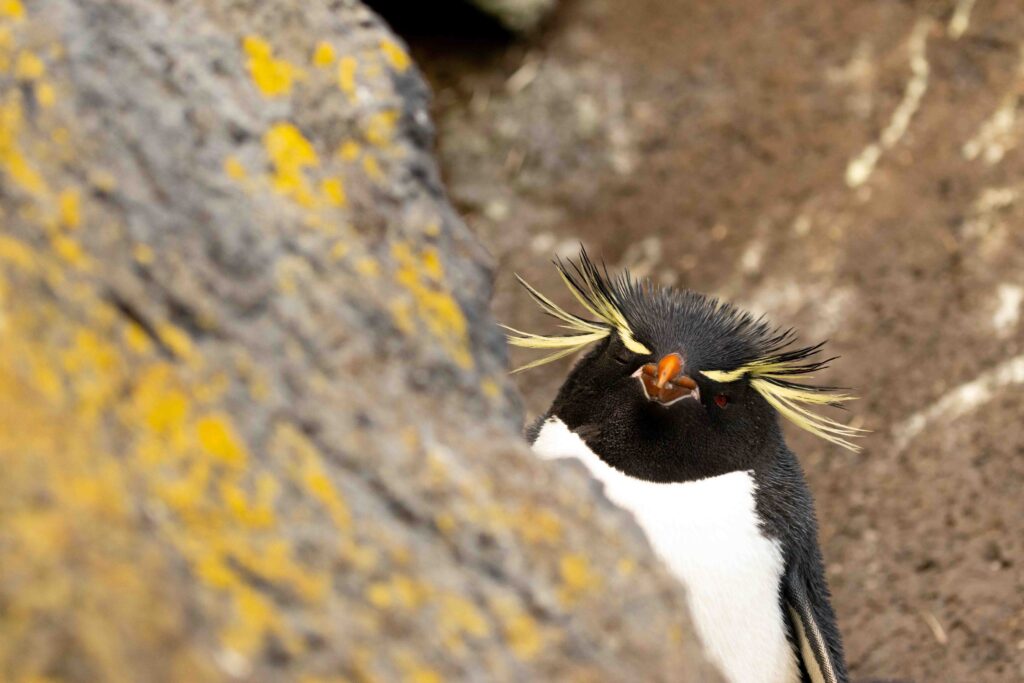
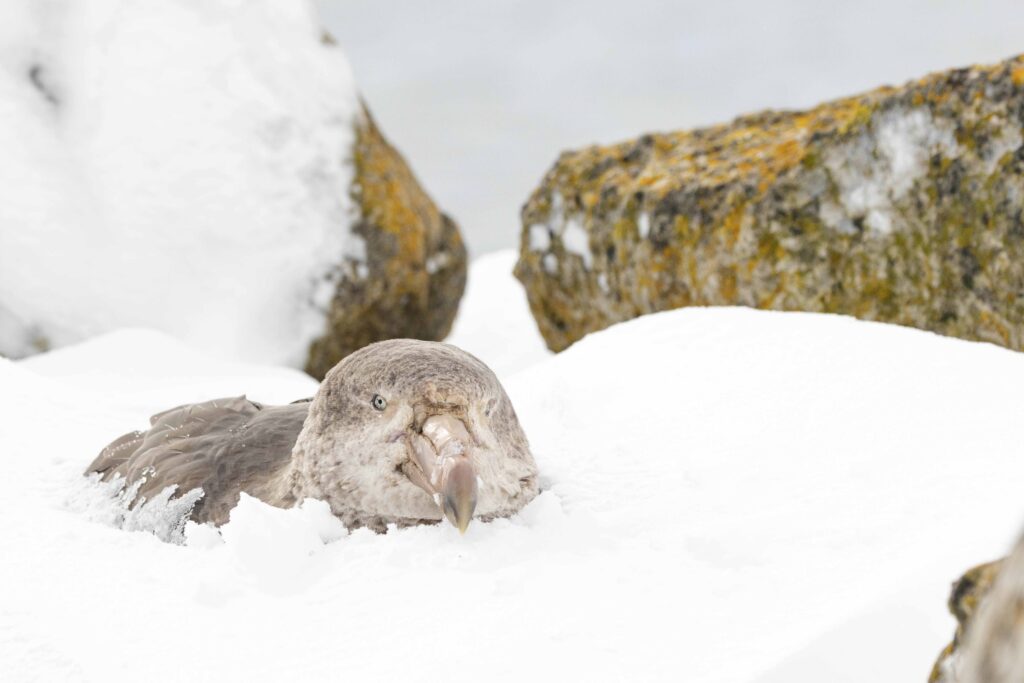
It is in this unique environment in the world, which has become so rare in our countries of Europe, that I had the chance to evolve for 14 months. An island where only a handful of women and men have the privilege to travel each year, with no permanent residents. Kerguelen, also known as “Desolation Island”, located between the 40th roaring and the 50th howling. An area varying between mountainous terrain and wet plains, fjords and great lakes, where no trees or shrubs can take root This island has been for me the playground of an extraordinary adventure that you only experience once in your life.

Kerguelen in sight!
For almost ten years, I have been dreaming of exploring this corner of the world. And soon a year later, I know that this dream will finally come true. Almost a year of preparation, planning and anticipation, and here we are.
I’m about to embark on this legendary boat, the Marion Dufresne II, for a fifteen-day adventure. My heart is pounding because this is the fulfillment of a dream that I thought was unattainable. Every moment brings me closer to this long-awaited experience.
I meet my future colleagues, and every day, I learn a little more about the islands and the different stories of former winterers. These stories already transport me to a world of discovery and adventure. I feel good, in my place, as if every piece of the puzzle of my life finally fits together.
Yet, despite all this excitement, I still do not really measure the magnitude of what awaits me. The unknown is looming on the horizon, and with it, a multitude of possibilities that are waiting to be explored.
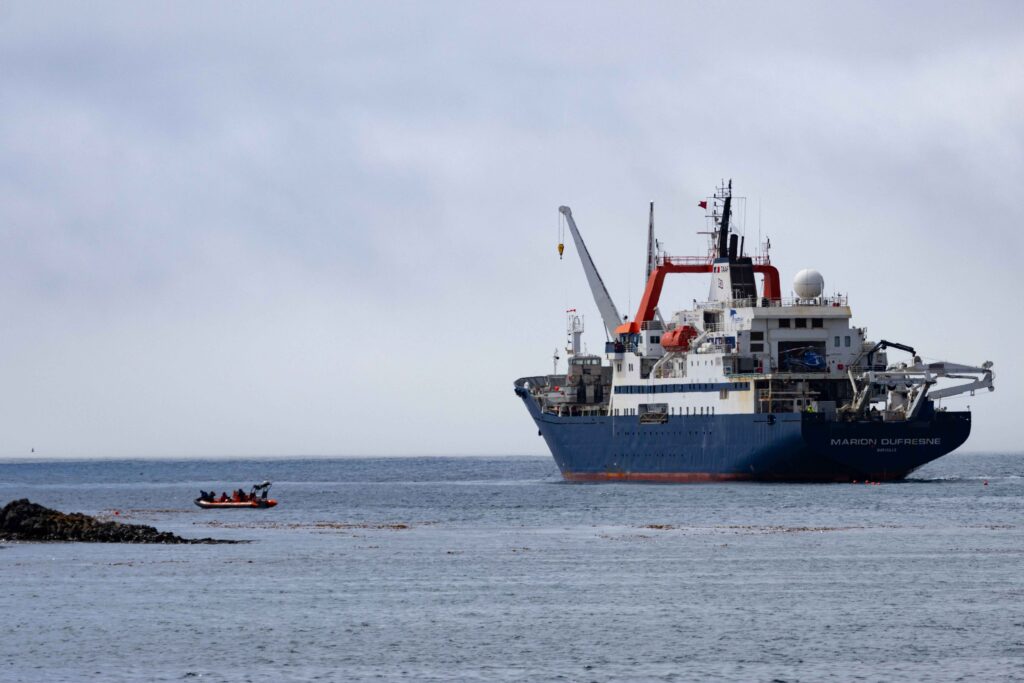
This small fortnight on the boat allowed us to observe a good number of species of birds (Daption capense, Halobaena caerulea, Ardenna grisea, Pterodroma mollis, Macronectes giganteus, Phoebetria palpebrata, Diomedea epomophora, Thalassarche cauta, etc.). Then, finally, in the early morning of day 15, the archipelago of Kerguelen faces us. It is there, covered with mist, revealing to us slightly a torn side to the dark rock. An old hut in the distance stands out from the peaty landscape to the yellowish grass.
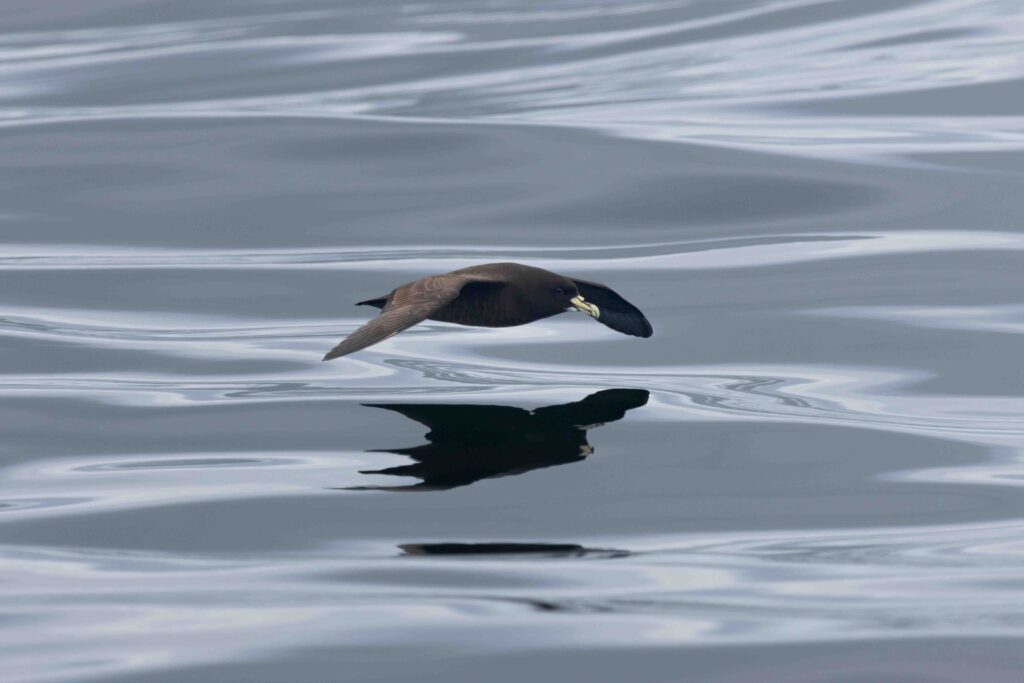
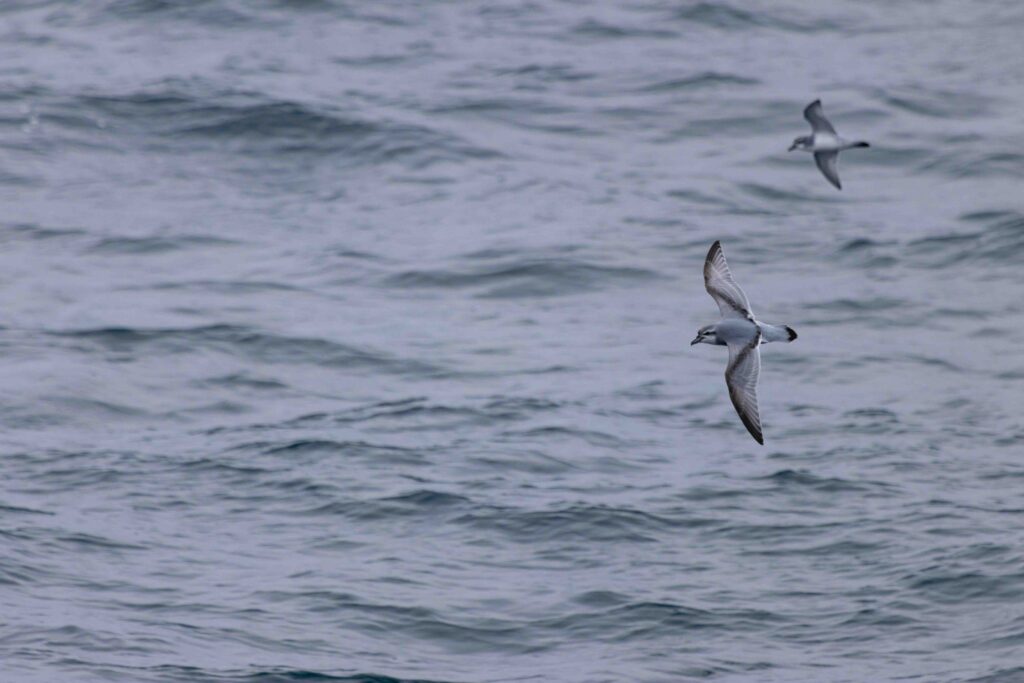
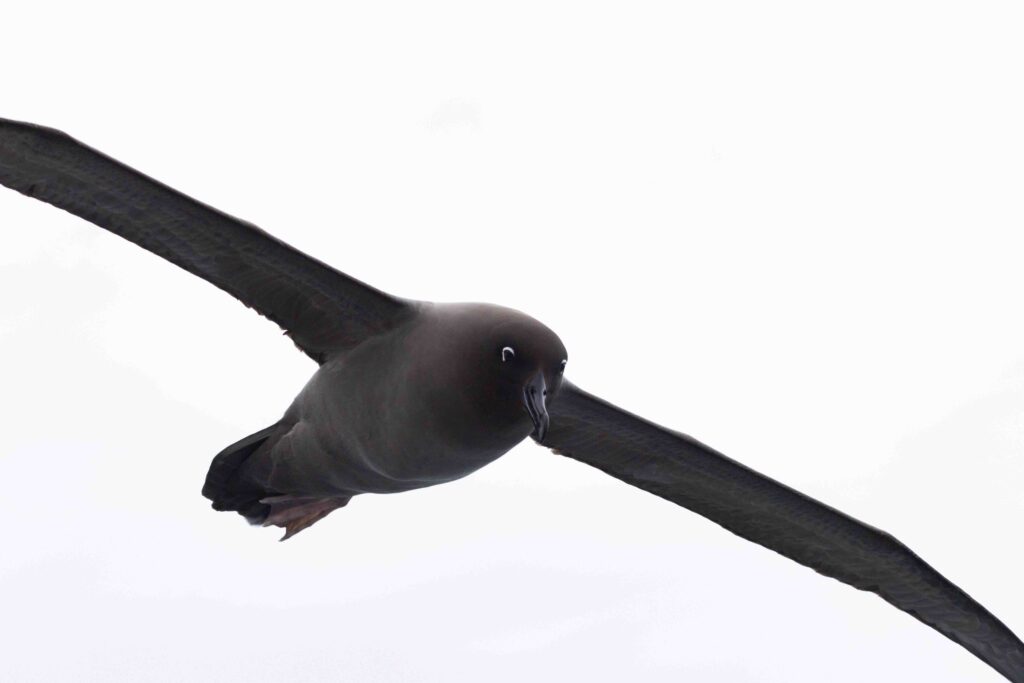

As usual since the start, I go up to the bridge to have a better view on this long-awaited land. Some unidentifiable prions graze the boat, accompanied by other larger birds difficult to identify because of poor visibility.
When suddenly, on the horizon, a white spot appears, barely perceptible, almost motionless in the sky. She seems to dance with the elements, flirting with the surface of the water before abruptly rising into the air, then plunging back into the trough of a wave to disappear behind it.
And suddenly, the spot reappears at the turn of a wave, much closer to us this time. No more doubt. An Snowy Albatross (Diomedea exulans) approaches, offering us a grandiose spectacle. Its imposing size, with a wingspan of up to 3.5 meters, leaves us speechless.
It advances, majestic and unwavering in the face of wind gusts, immutable in its trajectory. He turns around the boat, while all the passengers, binoculars in hand, follow his movements with wonder. Then, it goes out again, along the coast before disappearing in the thick mist of the morning.
A magical moment, forever etched in the memory of an ornithologist, which only fuels our desire to discover more about this fascinating species.
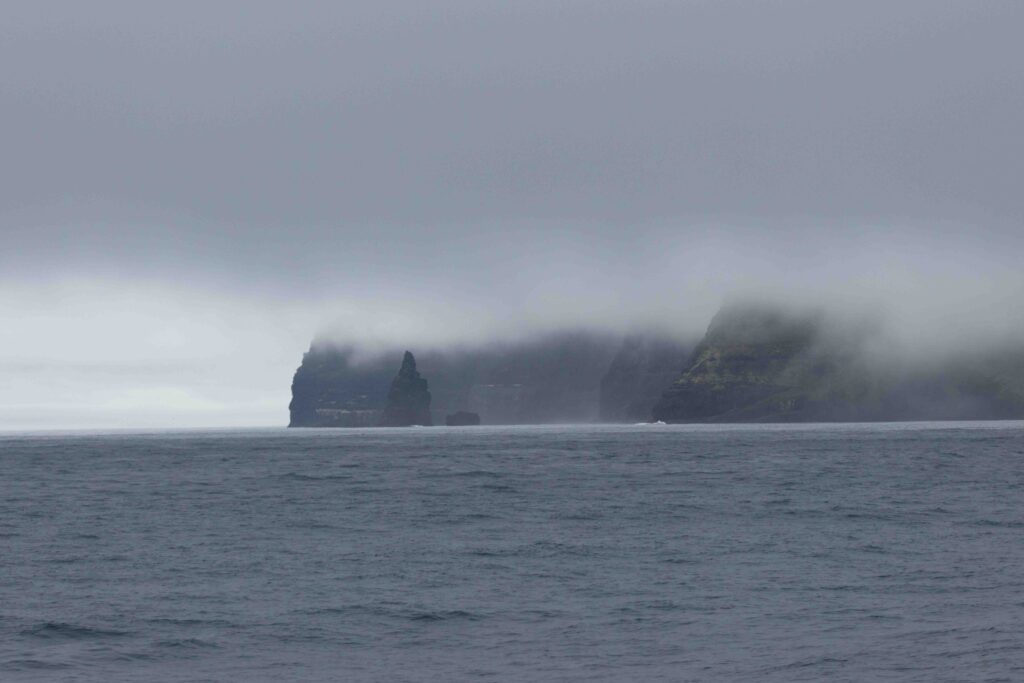
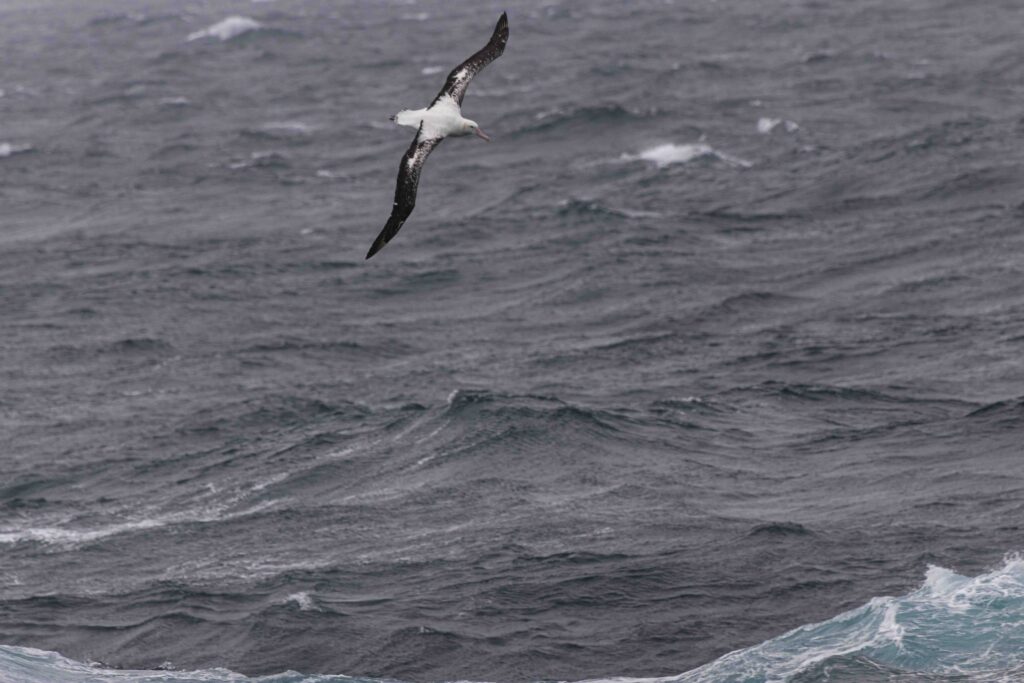
Tomorrow morning, Port-aux-Français, the base of Kerguelen, will finally be revealed to our eyes in amazement. It’s our last night on this boat, rocked by the waves, before we can finally cross these wild and mysterious lands that surround us.
Once again, I can’t quite see that I’ve finally arrived. These first hours spent in the company of a tiny part of what the southern lands can offer us leave me dreamy. The landscapes pass before my eyes like a waking dream, and I fall asleep with a multitude of memories already engraved in my memory, eager to discover what tomorrow has in store for us.